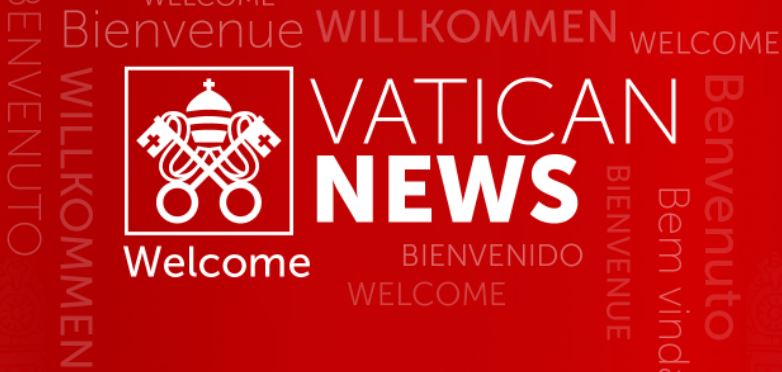-
-
Mounting anticipation for the new portal vaticannews.va. There has been talk of it for months, since the Vatican media reform project started to take shape, although, as reiterated on several occasions, the reform does not consist in the new website. In fact the latter is one of its fruits. Now the time has come: vaticannews.va is online and it replaced previous information channels.
“It’s in beta version; thus it’s not definitive”, repeated Mons. Dario Edoardo Viganò, Prefect of the Secretariat for Communication, illustrating the portal. Hence the overall picture should not get sidetracked by the excitement regarding the new website. “The risk is not seeing the wood for the trees. In fact the object of the reform is not the portal but a new mode of communication.”
This new vision is evident also in vaticannews.va. At first glance, examining the new portal, what stands out is its user-friendly layout on a red-coloured background with four key-words: Pope, Vatican, Church, World, highlighting the focus on a Church that goes forth, from the Vatican to the peripheries, where the figure of the Pope is always at the centre.
The multimedia content available on the website (text, audio, video) is equally focused on the activity of the Holy Father – ranging from the releases of the Vatican press office, to audiovisual content broadcast by the Vatican radio or by the audiovisual production centre (the Angelus prayer in particular). Clearly, on the website the images prevail, occupying a primary role. Considerable space is dedicated to social networks – with links to the Pope’s account on Instagram and Twitter.
As has been noted in the study by semiologist Paolo Peverini, titled “Il racconto di Francesco. La comunicazione del Papa nell’era della connessione globale” (Luiss University Press 2017), released in cooperation with the Communications Secretariat, the structure of the portal appears to fulfil the purpose of the so-called “cabasario”, that owes its name to its author, Jesuit priest Félix Juan Cabasés, who developed the idea of a documentation and working tool containing all the information on apostolic visits under the Pontificate of John Paul II.
“It’s just the tip of the iceberg”, the Prefect underlined. His invitation is to focus especially on the underlying aspects, starting with in-depth re-evaluation of ways of production and of the anthropological – and not technological – centrality. “Over the past two years our efforts were concentrated on staff training, aimed at enhancing the professional skills of our employees and at the definition of unified, multilingual and multichannel networking in order to channel content in different formats, customized to the various transmission platforms. Our system – underlined Msgr. Viganò – is fully in line with the contemporary digital environment. In fact, it was not developed for a given media platform: it can be defined as agnostic, namely, independent of technology and media channels.” The web, he concluded, “is but one of the many solutions available.”
Source: Agensir





